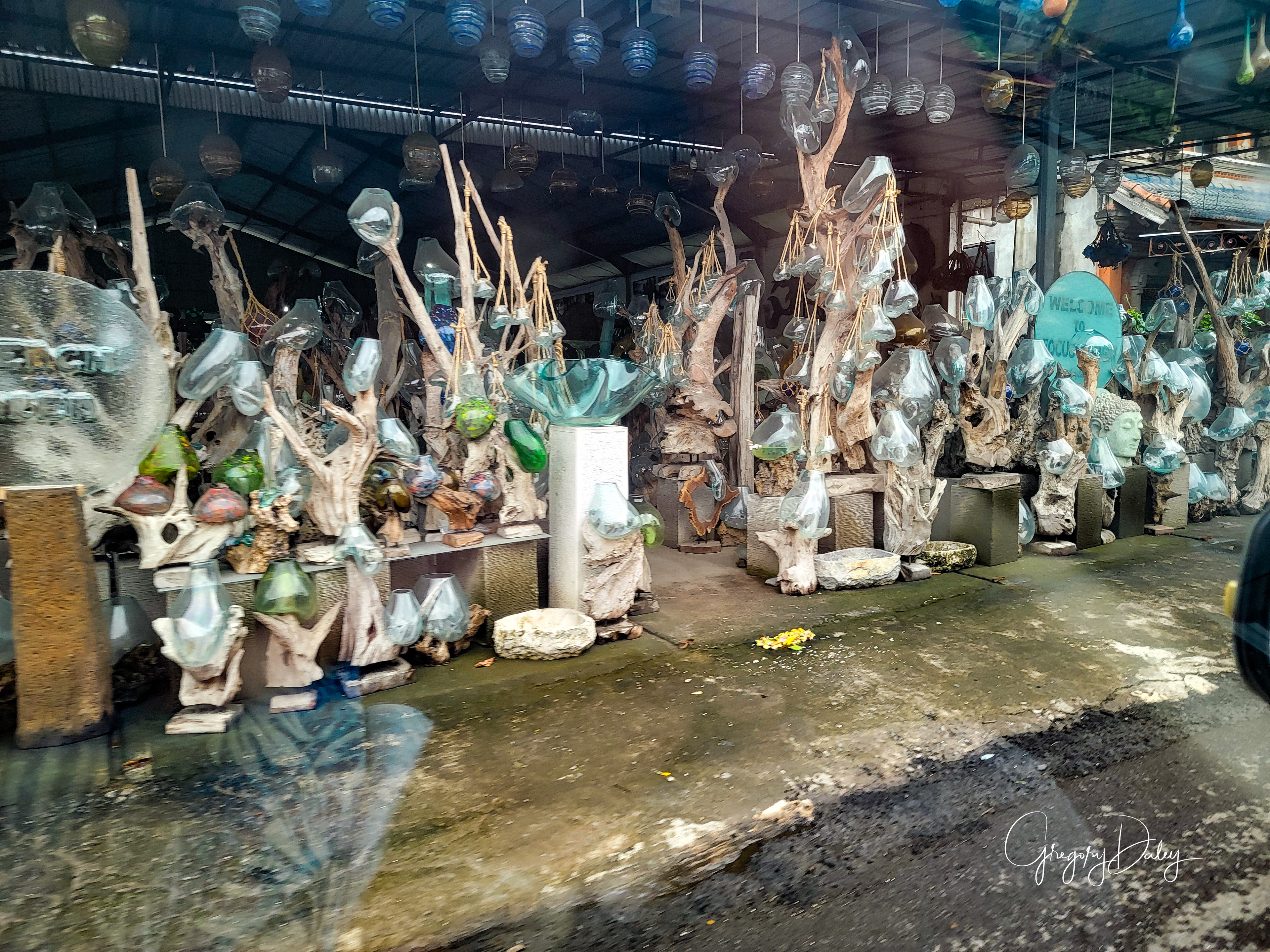
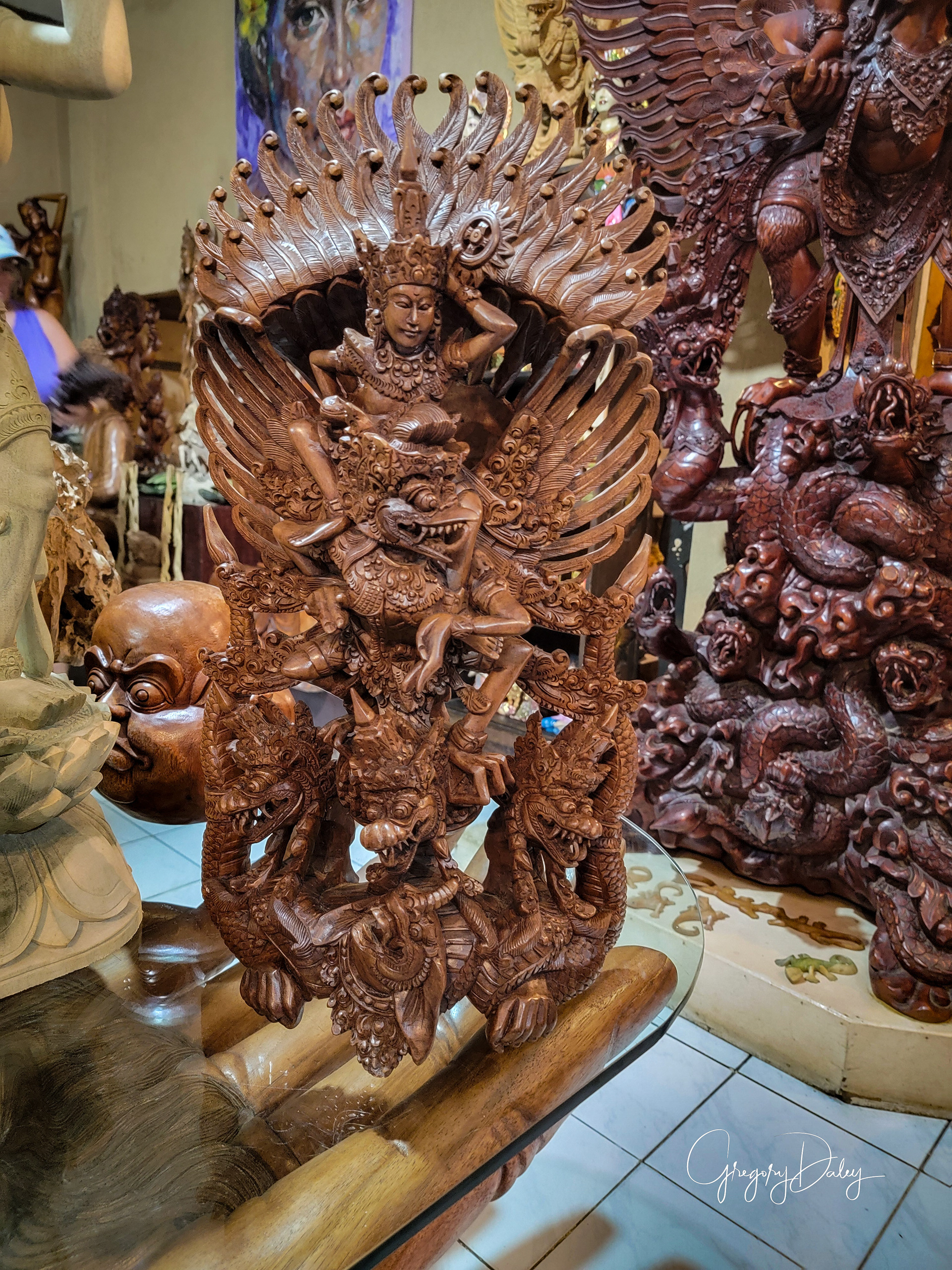


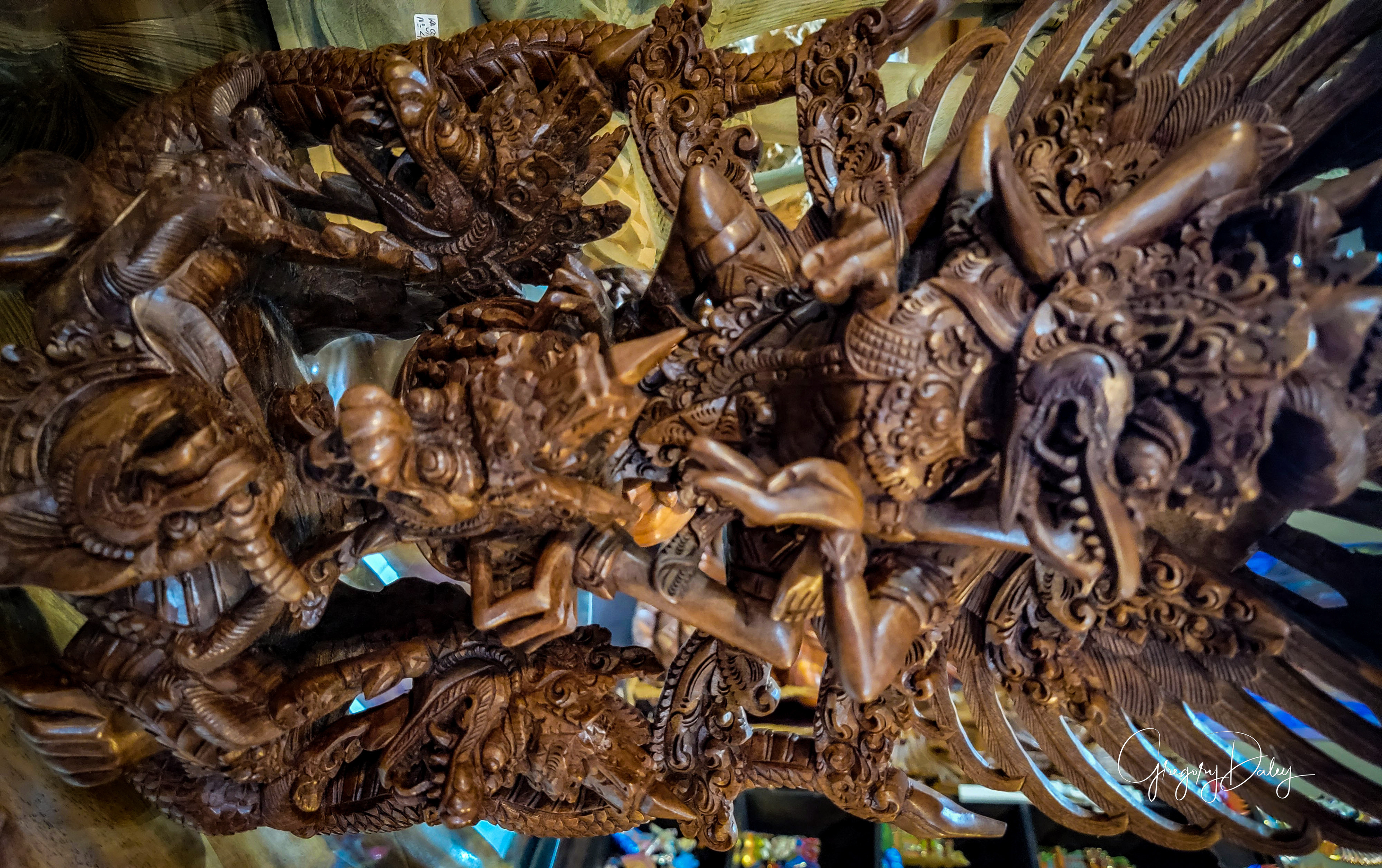
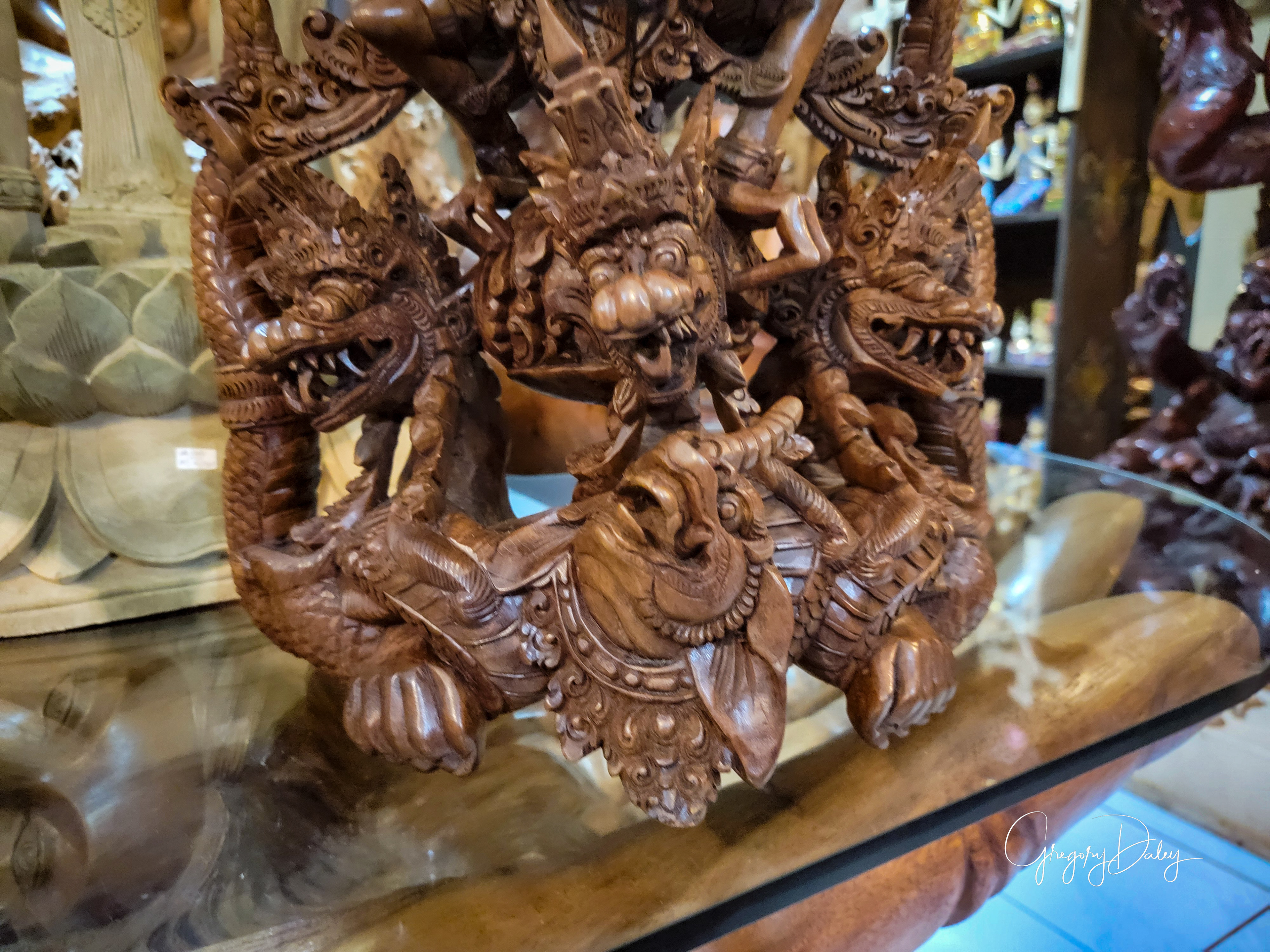
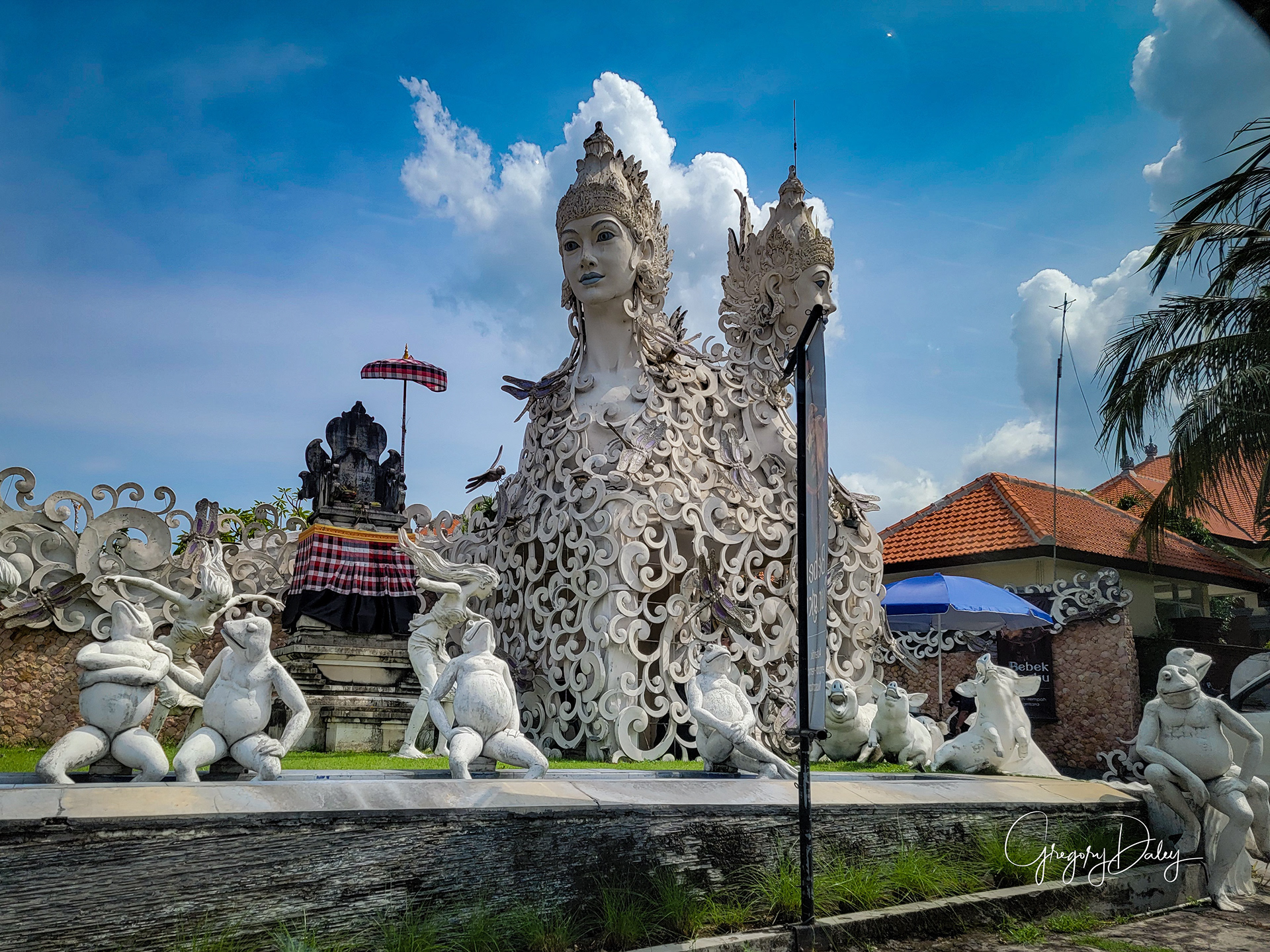






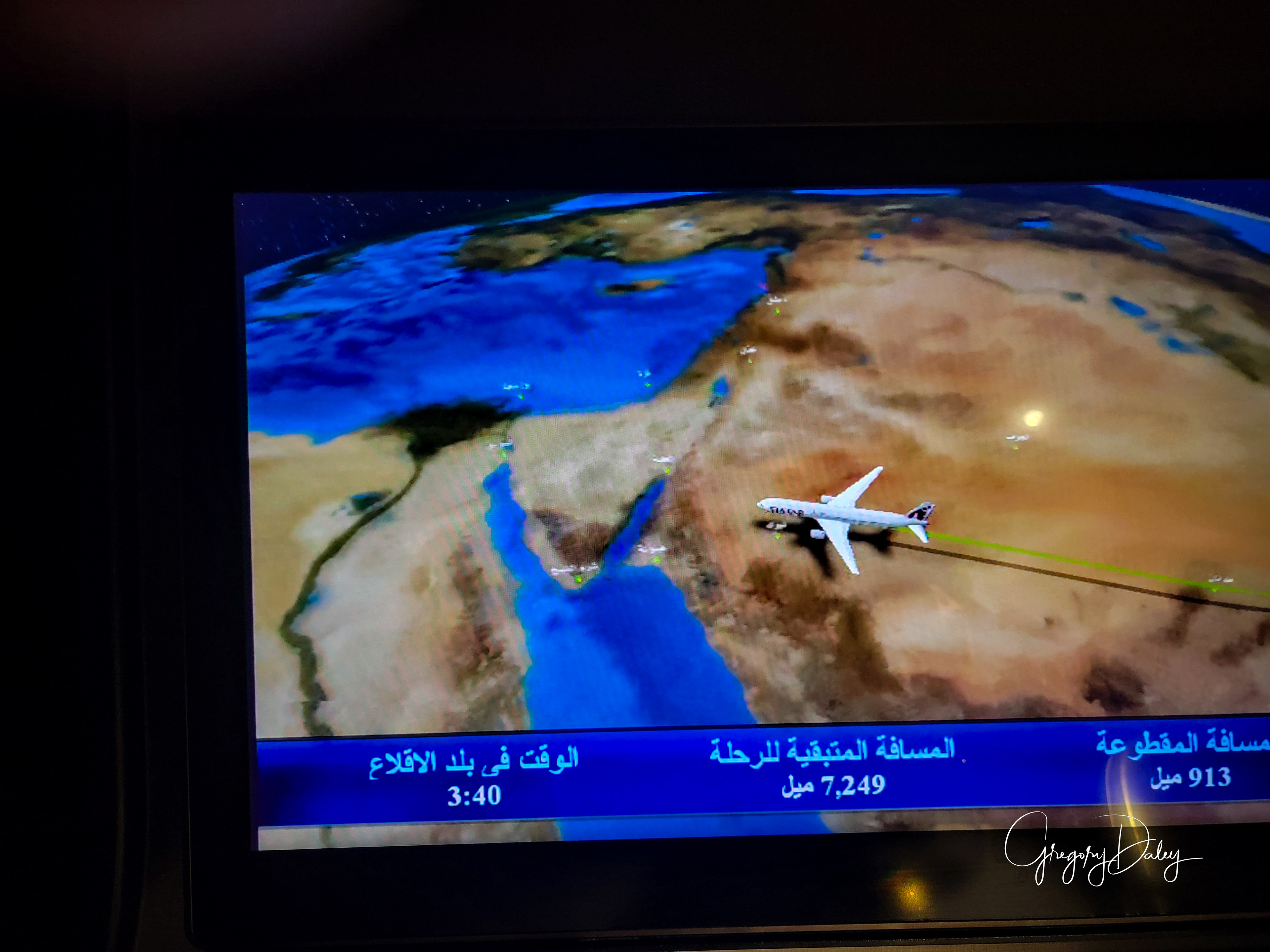

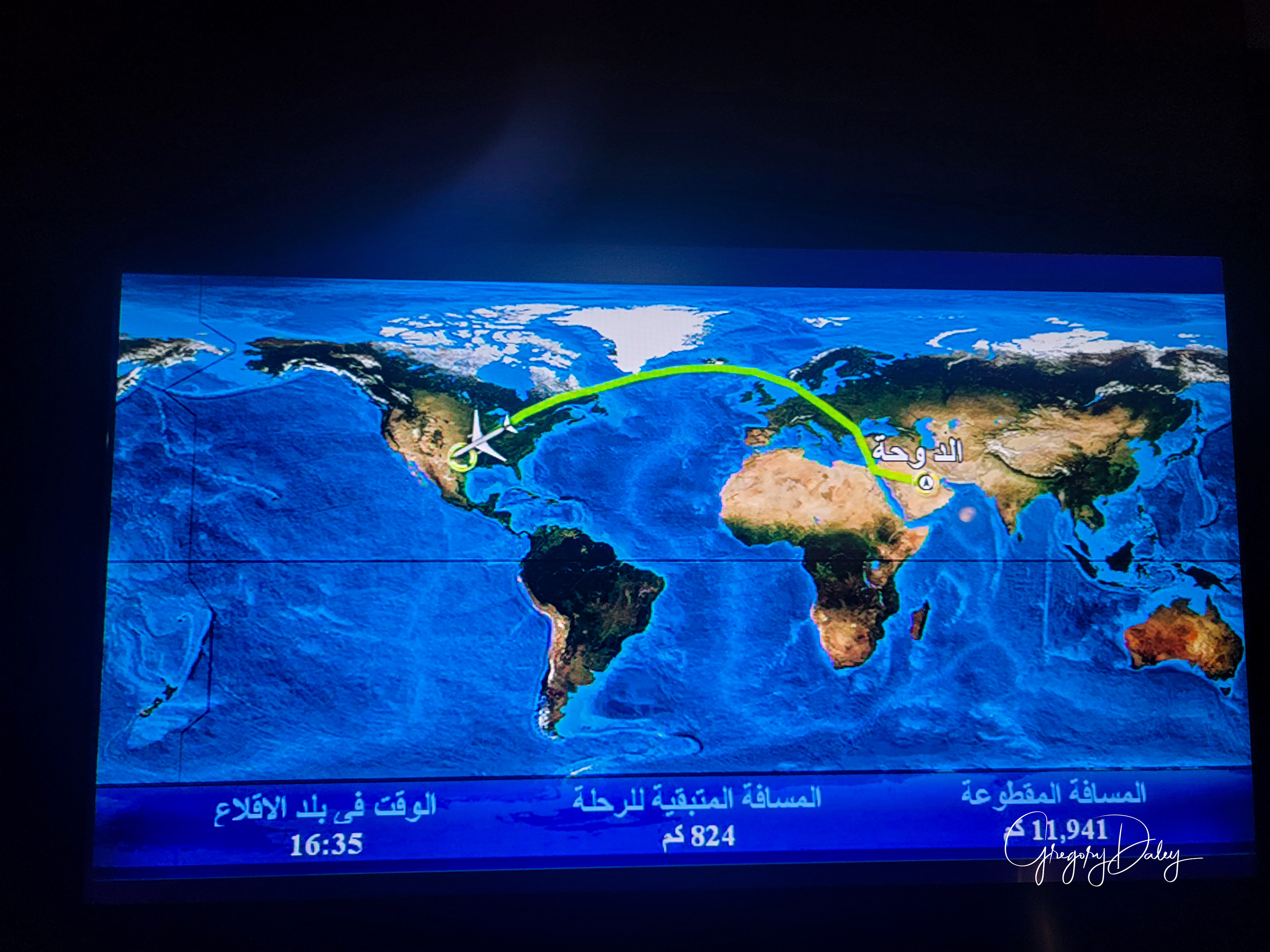
Garuda
Garuda is a Hindu deity who is primarily depicted as the mount of the Hindu god Vishnu. Garuda is also the half-brother of the Devas, Gandharvas, Daityas, Danavas, Nāgas, Vanara and Yakshas. He is the son of the sage Kashyapa and Vinata. He is the younger brother of Aruna, the charioteer of the Sun.
Garuda is described as the king of the birds and a kite-like figure. He is shown either in a zoomorphic form (a giant bird with partially open wings) or an anthropomorphic form (a man with wings and some ornithic features). Garuda is generally portrayed as a protector with the power to swiftly travel anywhere, ever vigilant and an enemy of every serpent.
Garuda is a part of state insignia of India, Indonesia and Thailand. Both Indonesia and Thailand have Garuda as their coat of arms, the Indian Army uses the Garuda on their Guards Brigade Regimental Insignia and named their special operations unit after him as the Garud Commando Force.[10] It is often associated with the Greater adjutant stork (Leptoptilos dubius).
Hinduism
Garuda may be shown as a kite (left, painting by Raja Ravi Varma) or a semi human being carrying Vishnu (right, c. 1725 painting from Punjab hills).
In Hinduism, Garuda is a divine eagle-like sun bird and the king of birds. A Garutman is mentioned in the Rigveda who is described as celestial deva with wings. The Shatapatha Brahmana embedded inside the Yajurveda text mentions Garuda as the personification of courage. In the Mahabharata, Garutman is stated to be same as Garuda, then described as the one who is fast, who can shapeshift into any form and enter anywhere. He is a powerful creature in the epics, whose wing flapping can stop the spinning of heaven, earth and hell. He is described to be the vehicle mount of the Hindu god Vishnu, and typically they are shown together. He is the younger brother of Aruna, who is a charioteer of the sun god, Surya.
According to George Williams, Garuda has roots in the verb gri, or speak. He is a metaphor in the Vedic literature for Rik (rhythms), Saman (sounds), Yajna (sacrifices), and the atman (Self, deepest level of consciousness). In the Puranas, states Williams, Garuda becomes a literal embodiment of the idea, and the Self who attached to and inseparable from the Supreme Self (Vishnu). Though Garuda is an essential part of the Vaishnavism, he also features prominently in Shaivism, Shaiva texts such as the Garuda Tantra and Kirana Tantra, and Shiva temples as a bird and as a metaphor of atman.